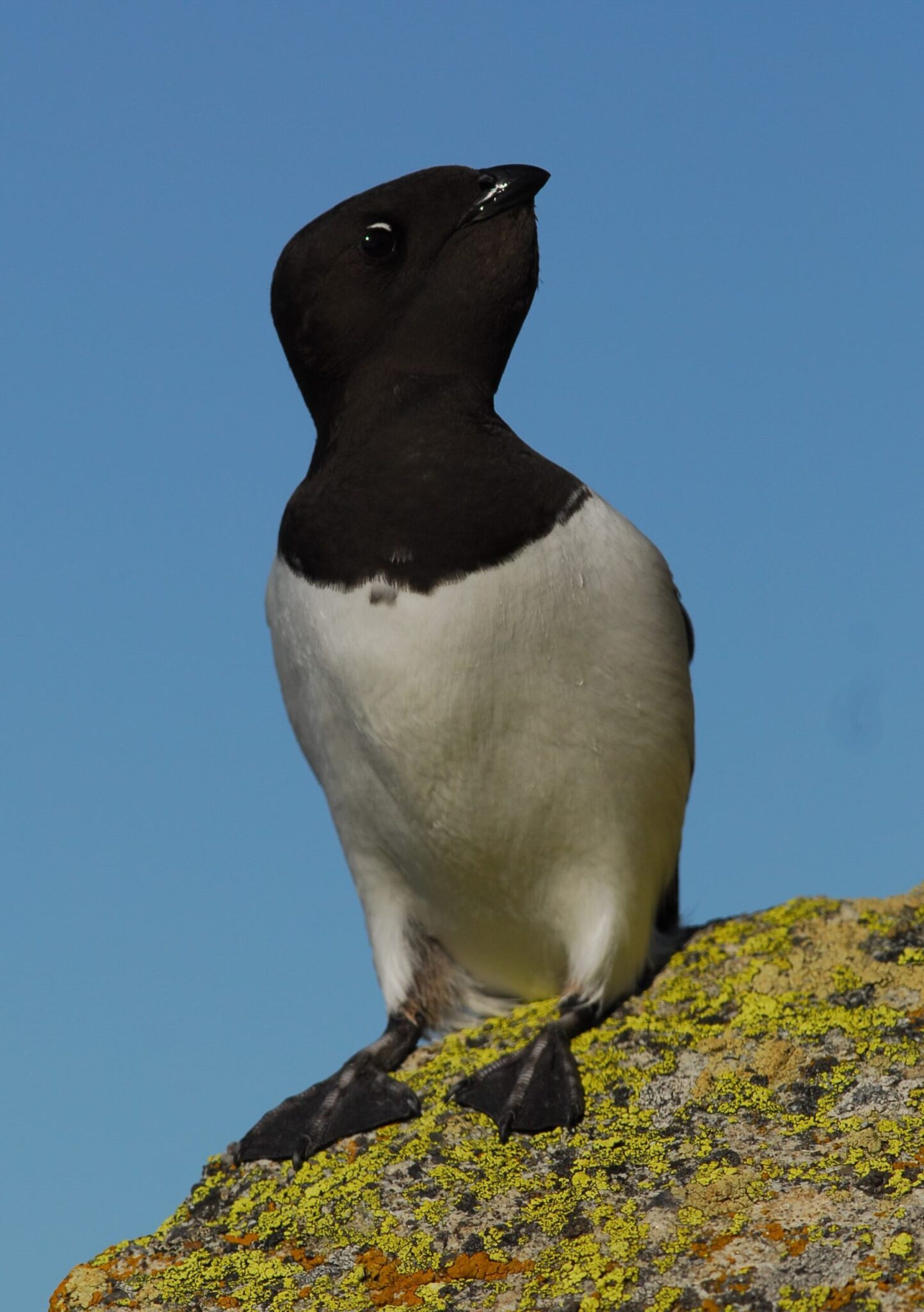Arctic sea ice melting may overturn seabird migration strategies
Like humans, wild animals may alter their movement strategies if – or, more precisely, when – the sea ice disappears from the Arctic. An international group of researchers has identified several seabird species that might radically modify their migration routes or shift from a migratory strategy to year-round residency in an ice-free Arctic ocean instead of wintering further south. The researchers also compared the energetic costs of transarctic migration for little auks to those of the current migration patterns of the species. The results were surprising.
Shifting migration patterns
The direct and indirect effects of climate change on birds are well documented, and migratory species have proven to be particularly sensitive to such changes. The birds are forced to modify the timing and routes of their migration, with consequences for migratory distances. In certain cases, populations have shifted from seasonal movements to year-round Arctic residency, or vice versa. This study indicated that 29 arctic-breeding seabird species that currently migrate to the North Atlantic Ocean after breeding might instead migrate to the North Pacific when the ice disappears. A further 24 migratory seabird species could become year-round residents to the Arctic.
Transarctic migration may be cost-effective
An in-depth study of the energetic costs of little auk migration and their requirements for breeding and wintering habitats gave surprising results. The researchers found that without the Arctic ice sheet as a physical barrier, the little auks may expend approximately half the energy used on a transarctic migration as they would by staying in the Arctic or migrating to their current wintering areas in the North Atlantic.
Read the article:
Contact person: Hallvard Strøm, Norwegian Polar Institute
Forsidebilde: The Brünnich’s guillemot is one of the auks that might change its migratory pattern in an ice-free Arctic. Photo: Hallvard Strøm, Norwegian Polar Institute
